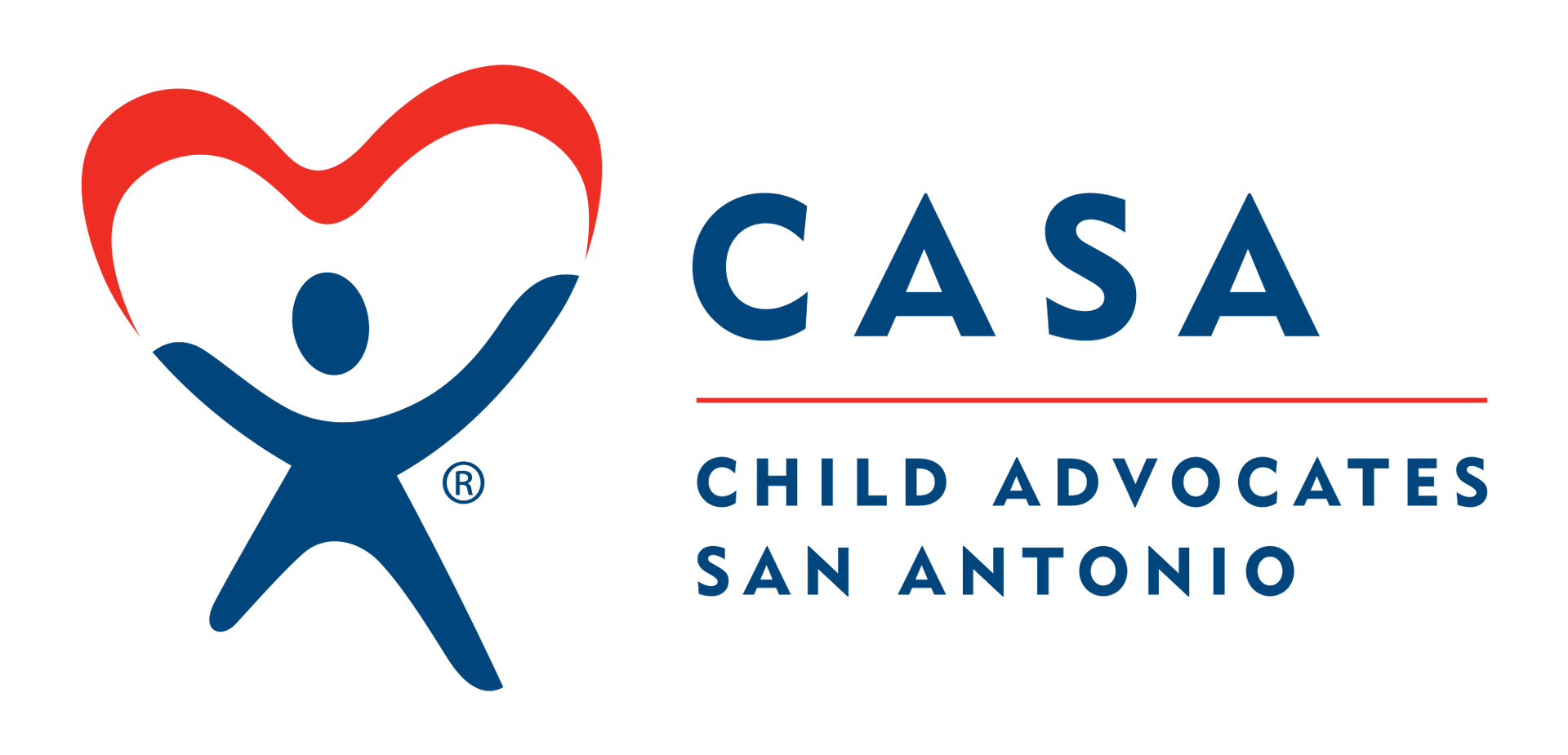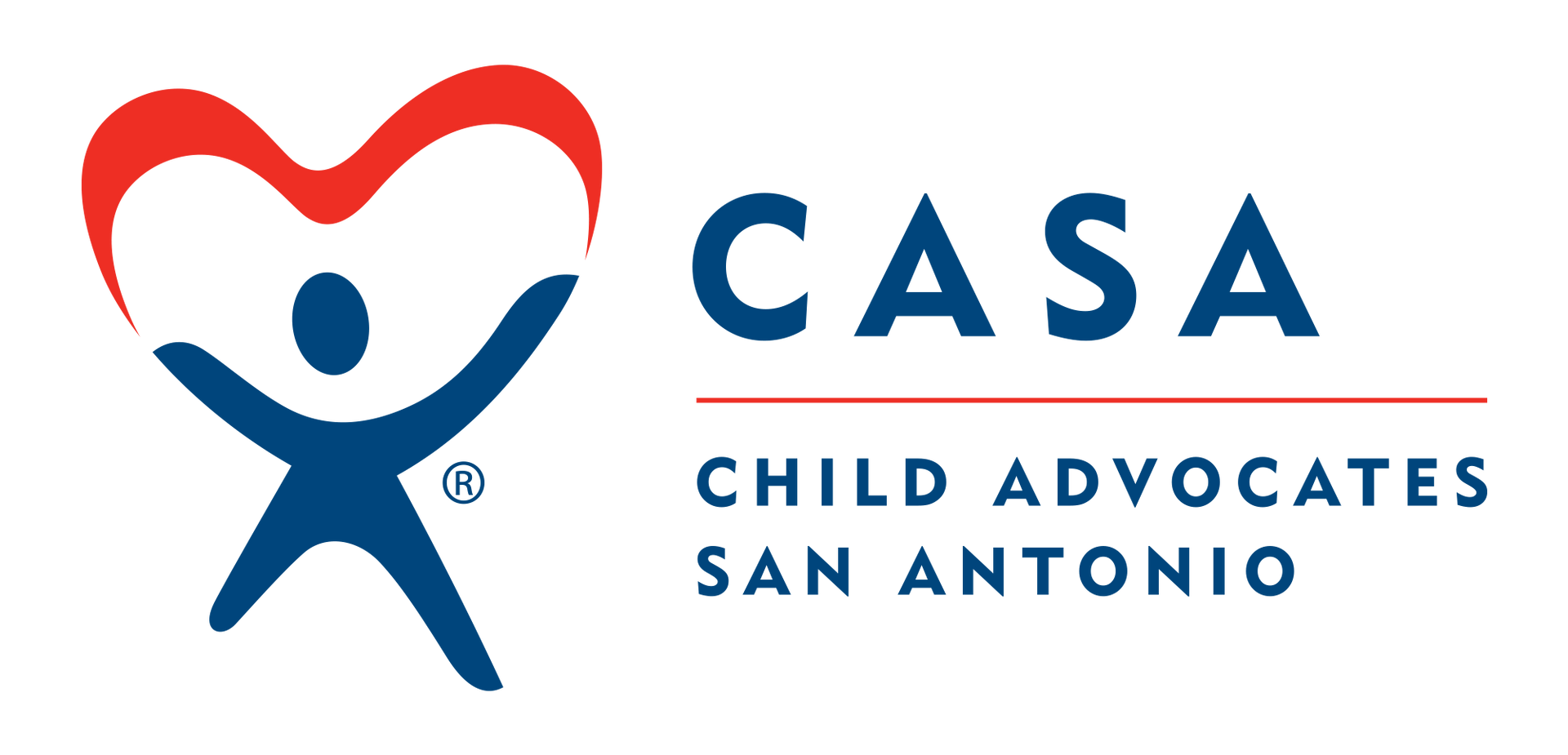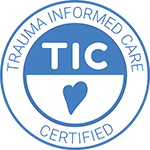June Advocate Spotlight
Michelle Ward
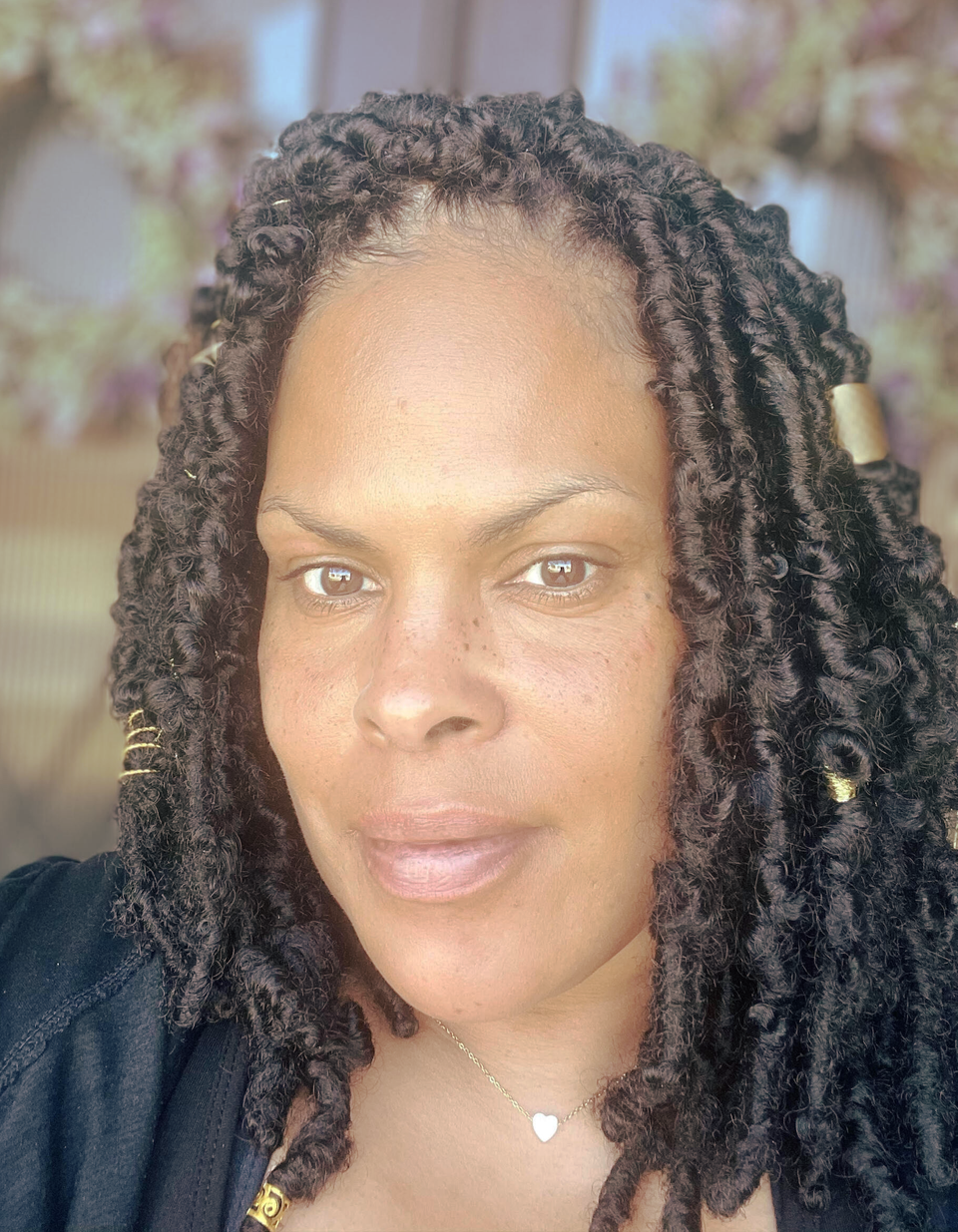
1. How long have you been an Advocate and when did you realize you wanted to become one?
I completed my Advocate training in January and signed onto my first case towards the end of March 2021. I love to help people and knew that I wanted to do some meaningful volunteering. So, I put a lot of thought into considering which population could most benefit from my help and this led me to CASA.
2. What is the most rewarding aspect of being an Advocate?
So far, the most meaningful aspect of CASA is being able to help the kids on my case in whatever way I can; based on what they need. The way to do that is by communicating with them, the caregiver, caseworker, and CASA Supervisor. I have teenagers in my case, and they like to text, so that is easier and quicker. However, it’s also important that you call and speak to them as well because it’s important to have a more through conversation sometimes. Needs will vary and being willing to follow up and follow through to get them what they need is important for their well-being. I’ve worked on issues like getting an eyeglass prescription changed with no additional cost, getting them new computers they can keep through CASA. I’ve spoken with sports coaches, school counselors, and other agencies to get support for my girls. When funding dried up, I wrote a letter requesting funding that was still needed for one of my kids to participate in an activity to give them a healthy outlet. Also, if you get a family with more than one child, it’s important that you develop a relationship with all of the kids on your case because all of them may have different needs, wants, and goals.
3. If you could offer some words of encouragement to your fellow and incoming Advocates, what would they be?
To our advocate family and potential members, I would encourage them to firstly always remember why they became an Advocate or want to be an Advocate. Secondly, keep the kids on their case and their needs and wants in mind with every communication and decision made on their behalf. Thirdly, be sure to establish expectations, boundaries, and limitations with your kids and their caregivers as soon as possible and ALWAYS keep your word. Fourthly, make sure that you document everything—keep it factual, detailed, focused, and keep the emotion out of it. Lastly, communicate with the caseworker on a regular basis to get updates on the case. Communicate often with your CASA Supervisor; ask questions and vent if needed.
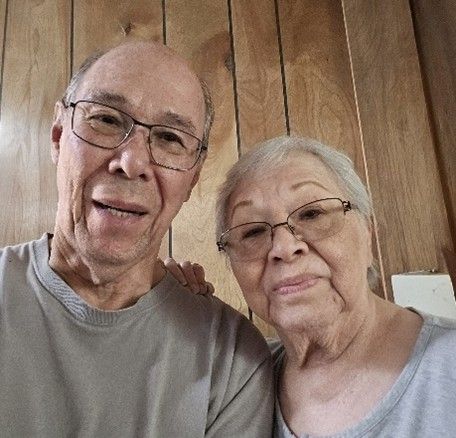
Jimmy and Mary Young eagerly began their second case in August 2024. The children—Chris, 11; Emily, 9; and Sofia, 7—were in the care of the Department due to neglectful supervision by their mother, who struggled with alcohol dependency and depression. She had left the children unattended to travel to Port Aransas to drink and go fishing. In addition, the home environment was observed to be in disarray, with minimal food, posing a risk to the children’s well-being. The mother was arrested on three counts of abandonment of a child. The children’s father had passed away from cancer a few months earlier, in March 2024. The children were initially placed with their grandmother, who decided after a few weeks that she could not care for them. They were then placed with an uncle, who gave notice within two weeks. Subsequently, the children were placed together at Boysville, where they remained for the duration of the case. Although the children had already experienced two moves in just one month, the Youngs were optimistic about their placement at Boysville. The children from Jimmy and Mary’s first case had also been placed at Boysville, so the Youngs were familiar with the facility and had established a good rapport with the staff. From the beginning, Mr. Jimmy introduced himself to all parties involved in the case, exchanged phone numbers with the caseworker and the children’s attorney, and maintained close communication with them during the children’s moves. Once the children were placed at Boysville, Mr. Jimmy contacted the case manager and counselors there to inquire about setting up therapy and enrolling the children in school. The Youngs advocated for transportation to and from school, and the children were approved to ride the school bus. They also recommended bereavement therapy to help the children cope with the loss of their father. Mr. Jimmy learned about a summer camp at the Children’s Bereavement Center, made a few calls, and successfully registered the children to attend. Throughout the duration of the case, the Youngs visited the children monthly, maintained close contact with the CPS caseworkers, updated the children’s attorney after visits, and remained in frequent contact with the children’s therapists and teachers. They advocated for tutoring and addressed behavioral concerns with the children’s therapists. The Youngs documented everything in Optima, wrote court reports, and attended several CASA training courses to stay informed and further their knowledge of child welfare. They also chose to attend court in person to maintain face-to-face contact with the judge, other parties on the case, and the children’s mother. One particularly notable aspect of this case was the Youngs’ consistent communication and engagement with the children’s mother. After their initial meeting, the Youngs maintained regular contact with her, inquiring about her progress in services, employment, and housing. They frequently encouraged her to continue and complete her services, checked in after court hearings, and provided moral support—offering her hope. During the previous Christmas, Jimmy and Mary sent the mother a recording of the children singing Christmas carols, delivered messages from the children, and shared photos of special events. During phone calls or family visits, they listened patiently, giving her space to express herself. Within a few months, the mother opened up to them about the children’s father and his cancer diagnosis, sharing how it was discovered and discussing his passing. As the mother continued working on her services, Jimmy and Mary cheered her on, reminding her that her efforts were for the sake of reuniting with her children. At the merits hearing in September, the Youngs, in agreement with CPS, recommended an extension to allow the mother more time to maintain sobriety, begin extended visits with the children, and possibly start overnight, unsupervised visits. The extension was granted, as the mother had completed all her services and maintained stable employment and housing. Weekend visits began, and by late September, the mother continued testing negative for substances. The children were placed with her on a monitored return. Jimmy and Mary visited the children in the home for the following two months, providing CPS, the children’s attorney, and the court with very positive feedback. The children were happy, thriving, and their needs were being met. The Youngs provided their final recommendation of reunification in court in late November, and the judge granted reunification, dismissing CPS from the case. It was the Youngs’ consistent communication and encouragement toward this young mother that led to the successful reunification. They followed up after hearings, facilitated communication between the mother and caseworkers when the relationship felt strained, and provided the mother the opportunity to share her perspective without judgment—all while encouraging her to do her best for her children.
